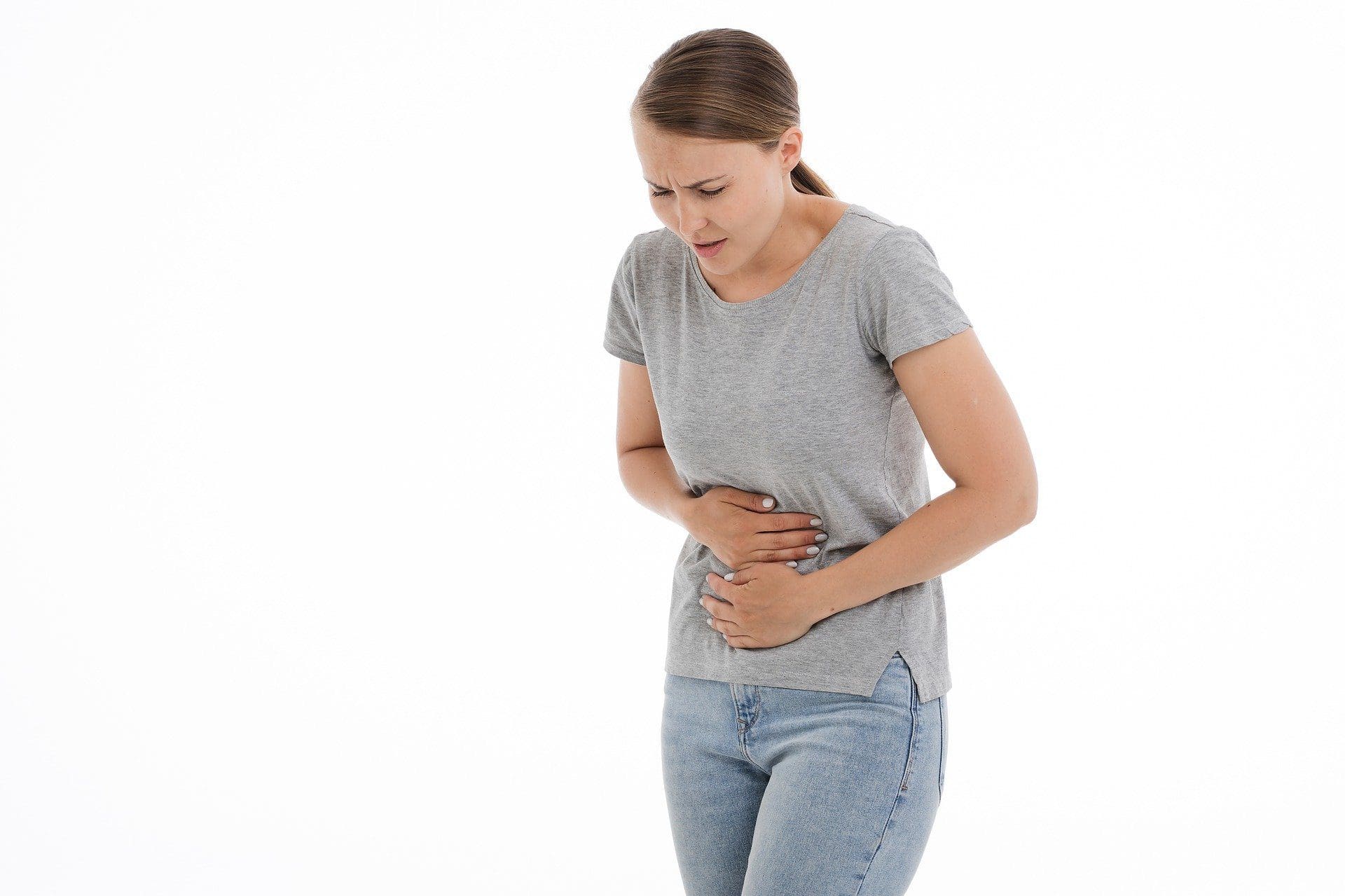As it affects an estimated one in ten women during their reproductive years, which is approximately 175 million women in the world, endometriosis is a challenging condition to deal with, both physically and emotionally. In all likelihood, a woman you know is suffering from this is in a great deal of discomfort. But what is endometriosis?
Endometriosis remains a mystery, and nobody can locate its origins. No doctor can explain why it causes extreme symptoms in some women and little to no symptoms in others. And since the condition is associated with pain, sex, menstruation, and infertility, endometriosis is certainly not understood, well known, or accepted by the general public. Yet, learning what the disease is, the symptoms it causes, and how a woman can cope with it can certainly help you better understand this condition.
What Is Endometriosis?
Endometriosis is a painful chronic inflammatory disease featured by the presence of endometrial cells outside the uterine cavity. It’s characterized by tissue that behaves like the lining of the uterus and grows outside of it. The tissue can be located in several places, such as the ovaries, pelvic lining, fallopian tubes, and even the bladder and bowel.
Often referred to as endometriosis growths or lesions, these tissue pockets usually follow the same pattern of a woman’s menstrual cycle. The pockets swell up and bleed as they would in the uterus, but the tissue it sheds can’t escape from the body.
According to the Endometriosis Guide by Medicinal Technologies website, a long list of complications can arise, including adhesions that cause the organs to stick together and scar tissue. As many women with the condition will forever remain undiagnosed, once this condition develops, it never really goes away on its own. Still, there are preventive measures one can take and numerous treatment options and lifestyle changes that can ease the symptoms so that the condition doesn’t interfere with a woman’s day-to-day life.
Common Symptoms And Signs Of Endometriosis
The most typical indication of endometriosis is pelvic pain, in most cases associated with regular menstrual cycles. Even though many women suffer from cramping during their menstrual flow, those with this condition describe menstrual pain significantly worse than usual. Other common indications and signs of endometriosis include:
- Pain with intercourse. Pain during or after sex is frequent with this condition.
- Excessively painful periods. Women with endometriosis can feel cramping and pelvic pain several days before their period and extended pain a couple of days into the menstrual flow. Lower back and abdominal pain may also occur.
- Pain caused by bowel movements and urination.
- Extreme bleeding. Endometriosis causes heavy menstrual flows and intermenstrual bleeding (bleeding between periods).
- Infertility. In many cases, endometriosis is first discovered when seeking infertility treatment.
- Some other signs and symptoms include diarrhea, constipation, fatigue, bloating, and nausea.
The tricky part is that one could experience mild endometriosis with severe pain, and others could have advanced endometriosis with little to no pain. Pain severity is not a reliable indicator of the extent of the condition. Besides, the condition is occasionally mistaken for other conditions with similar symptoms like ovarian cysts and pelvic inflammatory disease among them.

Getting Diagnosed With Endometriosis
Since the symptoms of the condition are remarkably similar to other common conditions, getting diagnosed with endometriosis can take some time. The only way to get diagnosed with the condition is by a laparoscopy, a procedure in which a laparoscope (a camera) gets inserted into the pelvis through a tiny cut near the navel. The surgeon will use the laparoscope to see the pelvic organs and carefully observe for any signs of the condition. In case endometriosis is diagnosed, the disease can be treated or removed for further examination during the surgical process.
Because the condition manifests itself in various ways and shares common symptoms with other similar situations, know that blood tests, scans, and internal examinations are not definite ways to diagnose it.
Treating Endometriosis
As we previously mentioned, after the official diagnosis of the condition, doctors cannot cure endometriosis. The maximum they can do is to help lessen the symptoms and minimize their effect on the woman’s daily life and wellbeing. The top three conventional treatments for this condition include hormonal birth control, medications that block estrogen production, and surgery to remove the endometrial growths or the uterus.
Hormonal Birth Control
Hormonal birth control can help decrease or eliminate the monthly cycle to stop massive bleeding and severe menstrual cramps. The therapy can be consumed in different ways, including vaginal rings, pills, and even implants.
Estrogen Blockers
Estrogen helps the growth of endometrial tissue, so doctors can prescribe trying hormones to block estrogen’s production. The most commonly used estrogen blockers include gonadotropin-releasing hormone and androgen, like Danazol. This therapy can cause endometrial growths to shrink and decrease the symptoms of endometriosis.
Surgery
In case the patient is not fond of medications, wants to get pregnant, or seeks a long-lasting solution, surgical intervention might do the job. If the patient looks forward to getting pregnant, the surgeon can resolve the infertility issue with the removal of the lesions. Still, the effects are only temporary since the lesions in the majority of cases grow back. The procedure is completed using laparoscopic tools, and surgeons might even destroy the lesions using a laser without harming the patient’s organs.
For women who are not trying to get pregnant or already have children, surgeons might perform a hysterectomy procedure. Hysterectomy is frequently the last resort to those with severe symptoms that are not manageable with other methods. Using this method, the surgeon removes the entire uterus, ovaries, cervix, and as many lessons as possible. However, if any lesions remain, they might shrink soon since the ovaries are no longer in place to produce estrogen.

Lifestyle Changes That Can Decrease Symptoms
There is no definitive way or procedure to cure endometriosis. Still, there are treatments which we listed in the paragraph above, and there are specific lifestyle changes that women with this condition should make so the disease wouldn’t interfere with their everyday life. The top five lifestyle changes that can ease the symptoms include:
- A healthy diet. Consuming the appropriate foods can provide some protection against endometriosis. People with this condition should increase fruit and vegetable intake, and boost the consumption of Omega-3 fatty acids.
- Regular workouts. Regular physical activities and exercises can help in many ways, including supporting the circulation of blood to organs, maintaining nutrients and oxygen flow within the body systems, decreasing estrogen production, reducing stress, and releasing endorphins in the brain or pain-relieving chemicals.
- Alternative therapies. Although there is no evidence supporting alternative therapies for endometriosis, many women find symptom relief while using a range of complementary and alternative medicine methods like acupuncture, osteopathic manipulative treatment, and Chinese herbal medicine.
Conclusion
Endometriosis is everywhere around us and is a delicate condition that requires medical help, a great deal of knowledge, treatments, and adequate lifestyle changes. Suppose you or anyone you know happens to experience painful periods or is having trouble getting pregnant. In that case, we encourage you to speak to your doctor about endometriosis and get tested as soon as possible. Even though this condition isn’t treatable, doctors can help you track down the cause of the discomfort or infertility and find the appropriate treatment that works and regain control of your life.





